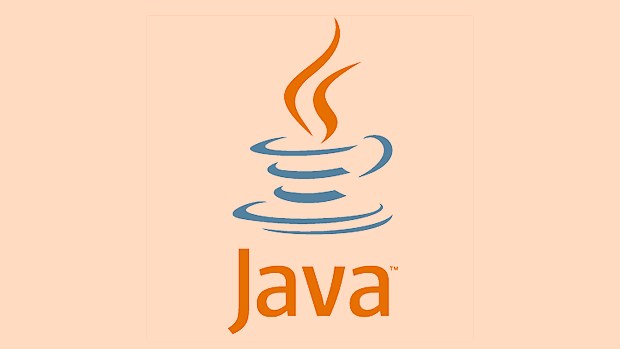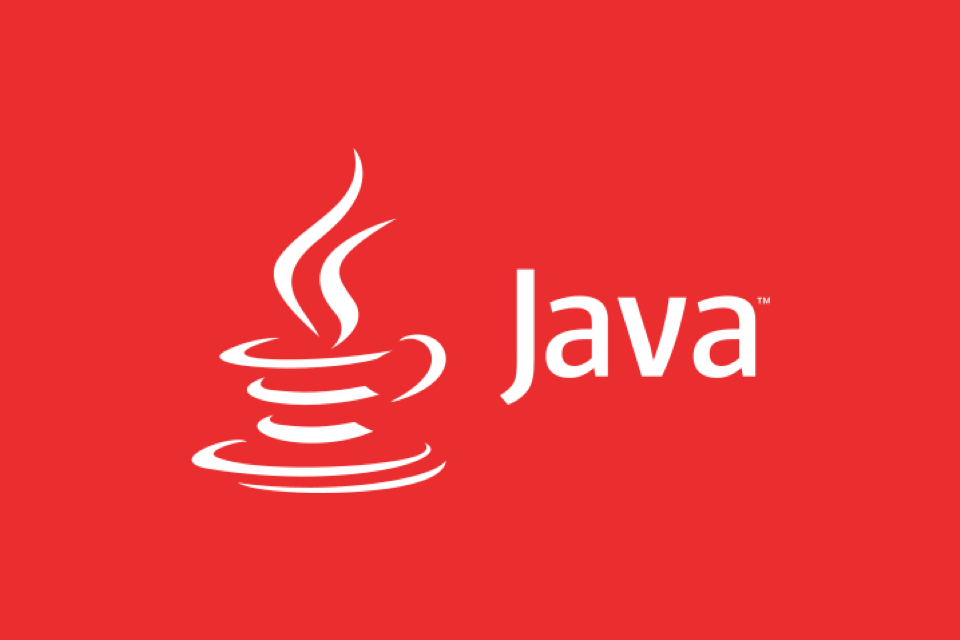Java lambda expressions typically do not incur a performance cost and often perform better than anonymous classes. 1. Stateless lambdas are implemented as singletons, reducing memory overhead and class-loading costs compared to anonymous classes, which generate separate .class files and objects. 2. Capturing lambdas have slight allocation overhead but still outperform anonymous classes in most cases. 3. The JIT compiler can inline lambda method bodies effectively, especially when call sites are monomorphic, though excessive lambda creation in loops increases garbage collection pressure. 4. Streams with lambdas improve code clarity but may be slower than raw loops due to abstraction and object creation, making them less suitable for performance-critical, tight loops. 5. Method references (e.g., System.out::println) are more efficient than equivalent lambda wrappers due to reduced indirection and should be preferred when possible. In summary, lambdas offer negligible or positive performance impact in most scenarios, with benefits in readability and maintainability outweighing minimal costs, as long as they are not overused in hot paths—always profile to confirm performance behavior.

Java lambda expressions, introduced in Java 8, brought functional programming capabilities to the language and significantly improved code readability and conciseness. However, many developers wonder: do lambdas come with a performance cost? The short answer is: usually not — and in many cases, they can even perform better than traditional anonymous classes. But there are nuances.

Let’s break down the real performance impact of Java lambda expressions.
1. Lambda vs. Anonymous Classes: Memory and Startup Cost
Before lambdas, we used anonymous inner classes to pass behavior:

Runnable r1 = new Runnable() {
public void run() {
System.out.println("Hello");
}
};With lambdas:
Runnable r2 = () -> System.out.println("Hello");Key difference:
Anonymous classes create a new .class file at compile time and instantiate a new object every time — which means memory overhead and class-loading cost.

Lambdas are optimized:
The Java compiler and JVM use invokedynamic (introduced in Java 7) to delay the creation of functional objects. Most lambda expressions are implemented as singletons when they don’t capture state.
For example:
() -> System.out.println("Hello") // Stateless — likely a singletonThis lambda is created once and reused across invocations.
But:
int x = 42; Runnable r = () -> System.out.println(x); // Capturing lambda
This one captures a variable, so a new instance may be created each time (depending on context).
? Performance takeaway:
- Stateless lambdas: lightweight, low memory, fast.
- Capturing lambdas: slightly more overhead (object allocation), but still better than anonymous classes in most cases.
2. JIT Optimization and Inlining
One concern is whether lambdas prevent JIT (Just-In-Time) compiler optimizations.
Good news:
The JVM treats lambda method bodies just like regular methods. Once hot (frequently called), the JIT can inline the lambda’s target method just as it would any other method.
However, there’s a small indirection through the functional interface. But because lambdas are typically compiled to static or instance methods (via lambda metafactory), and the call site becomes monomorphic, the JIT handles them efficiently.
?? Exception:
If you use lambdas in a way that causes excessive object allocation (e.g., creating thousands of capturing lambdas in a loop), you’ll see GC pressure.
Example of bad pattern:
for (int i = 0; i < 100_000; i ) {
list.add(() -> System.out.println(i)); // 100k objects!
}? Best practice:
Avoid allocating lambdas unnecessarily in performance-critical loops. Reuse them when possible.
3. Stream API and Lambda: Performance Trade-offs
Lambdas are often used with Java Streams:
list.stream()
.filter(x -> x > 10)
.map(x -> x * 2)
.forEach(System.out::println);While clean, streams can be slower than raw loops for simple operations due to:
- Object creation (even if minimal)
- Abstraction overhead (iterator, pipeline stages)
- Lack of low-level control
But:
- For parallel streams, the benefit often outweighs cost.
- For complex data processing, streams improve readability with acceptable performance.
- The JVM continues to optimize stream pipelines over time.
? Guideline:
- Use streams for clarity and maintainability.
- Use traditional loops in performance-critical, tight loops (e.g., math-heavy processing).
- Always profile before optimizing.
4. Method References vs. Lambdas
Method references (e.g., System.out::println) are often more efficient than lambda wrappers:
list.forEach(System.out::println); // Preferred list.forEach(x -> System.out.println(x)); // Slight indirection
The second creates a lambda that delegates — extra method call, though JIT may optimize it away.
? Use method references when possible — they’re cleaner and slightly faster.
Summary: Are Lambdas Slow?
| Aspect | Impact |
|---|---|
| Memory usage | ? Better than anonymous classes |
| Object allocation | ? Stateless: none; Capturing: minimal |
| JIT inlining | ? Yes, works well |
| Startup time | ? No extra .class loading |
| Stream performance | ?? Good for clarity, slower than loops |
| Method references | ? Faster than equivalent lambdas |
Bottom line:
Lambda expressions have negligible or positive performance impact in most real-world applications. They’re not a performance anti-pattern. The benefits in code clarity and functional-style programming far outweigh the tiny costs — as long as you avoid abusing them (e.g., creating tons of instances).
Use lambdas freely, but be mindful of object allocation in hot paths. And when in doubt, measure with a profiler — don’t optimize based on assumptions.
Basically, you’re safe.
The above is the detailed content of The Performance Impact of Java Lambda Expressions. For more information, please follow other related articles on the PHP Chinese website!

Hot AI Tools

Undress AI Tool
Undress images for free

Undresser.AI Undress
AI-powered app for creating realistic nude photos

AI Clothes Remover
Online AI tool for removing clothes from photos.

Clothoff.io
AI clothes remover

Video Face Swap
Swap faces in any video effortlessly with our completely free AI face swap tool!

Hot Article

Hot Tools

Notepad++7.3.1
Easy-to-use and free code editor

SublimeText3 Chinese version
Chinese version, very easy to use

Zend Studio 13.0.1
Powerful PHP integrated development environment

Dreamweaver CS6
Visual web development tools

SublimeText3 Mac version
God-level code editing software (SublimeText3)
 Asynchronous Programming Techniques in Modern Java
Jul 07, 2025 am 02:24 AM
Asynchronous Programming Techniques in Modern Java
Jul 07, 2025 am 02:24 AM
Java supports asynchronous programming including the use of CompletableFuture, responsive streams (such as ProjectReactor), and virtual threads in Java19. 1.CompletableFuture improves code readability and maintenance through chain calls, and supports task orchestration and exception handling; 2. ProjectReactor provides Mono and Flux types to implement responsive programming, with backpressure mechanism and rich operators; 3. Virtual threads reduce concurrency costs, are suitable for I/O-intensive tasks, and are lighter and easier to expand than traditional platform threads. Each method has applicable scenarios, and appropriate tools should be selected according to your needs and mixed models should be avoided to maintain simplicity
 Best Practices for Using Enums in Java
Jul 07, 2025 am 02:35 AM
Best Practices for Using Enums in Java
Jul 07, 2025 am 02:35 AM
In Java, enums are suitable for representing fixed constant sets. Best practices include: 1. Use enum to represent fixed state or options to improve type safety and readability; 2. Add properties and methods to enums to enhance flexibility, such as defining fields, constructors, helper methods, etc.; 3. Use EnumMap and EnumSet to improve performance and type safety because they are more efficient based on arrays; 4. Avoid abuse of enums, such as dynamic values, frequent changes or complex logic scenarios, which should be replaced by other methods. Correct use of enum can improve code quality and reduce errors, but you need to pay attention to its applicable boundaries.
 Understanding Java NIO and Its Advantages
Jul 08, 2025 am 02:55 AM
Understanding Java NIO and Its Advantages
Jul 08, 2025 am 02:55 AM
JavaNIO is a new IOAPI introduced by Java 1.4. 1) is aimed at buffers and channels, 2) contains Buffer, Channel and Selector core components, 3) supports non-blocking mode, and 4) handles concurrent connections more efficiently than traditional IO. Its advantages are reflected in: 1) Non-blocking IO reduces thread overhead, 2) Buffer improves data transmission efficiency, 3) Selector realizes multiplexing, and 4) Memory mapping speeds up file reading and writing. Note when using: 1) The flip/clear operation of the Buffer is easy to be confused, 2) Incomplete data needs to be processed manually without blocking, 3) Selector registration must be canceled in time, 4) NIO is not suitable for all scenarios.
 How Java ClassLoaders Work Internally
Jul 06, 2025 am 02:53 AM
How Java ClassLoaders Work Internally
Jul 06, 2025 am 02:53 AM
Java's class loading mechanism is implemented through ClassLoader, and its core workflow is divided into three stages: loading, linking and initialization. During the loading phase, ClassLoader dynamically reads the bytecode of the class and creates Class objects; links include verifying the correctness of the class, allocating memory to static variables, and parsing symbol references; initialization performs static code blocks and static variable assignments. Class loading adopts the parent delegation model, and prioritizes the parent class loader to find classes, and try Bootstrap, Extension, and ApplicationClassLoader in turn to ensure that the core class library is safe and avoids duplicate loading. Developers can customize ClassLoader, such as URLClassL
 Handling Common Java Exceptions Effectively
Jul 05, 2025 am 02:35 AM
Handling Common Java Exceptions Effectively
Jul 05, 2025 am 02:35 AM
The key to Java exception handling is to distinguish between checked and unchecked exceptions and use try-catch, finally and logging reasonably. 1. Checked exceptions such as IOException need to be forced to handle, which is suitable for expected external problems; 2. Unchecked exceptions such as NullPointerException are usually caused by program logic errors and are runtime errors; 3. When catching exceptions, they should be specific and clear to avoid general capture of Exception; 4. It is recommended to use try-with-resources to automatically close resources to reduce manual cleaning of code; 5. In exception handling, detailed information should be recorded in combination with log frameworks to facilitate later
 How does a HashMap work internally in Java?
Jul 15, 2025 am 03:10 AM
How does a HashMap work internally in Java?
Jul 15, 2025 am 03:10 AM
HashMap implements key-value pair storage through hash tables in Java, and its core lies in quickly positioning data locations. 1. First use the hashCode() method of the key to generate a hash value and convert it into an array index through bit operations; 2. Different objects may generate the same hash value, resulting in conflicts. At this time, the node is mounted in the form of a linked list. After JDK8, the linked list is too long (default length 8) and it will be converted to a red and black tree to improve efficiency; 3. When using a custom class as a key, the equals() and hashCode() methods must be rewritten; 4. HashMap dynamically expands capacity. When the number of elements exceeds the capacity and multiplies by the load factor (default 0.75), expand and rehash; 5. HashMap is not thread-safe, and Concu should be used in multithreaded
 Explained: Java Polymorphism in Object-Oriented Programming
Jul 05, 2025 am 02:52 AM
Explained: Java Polymorphism in Object-Oriented Programming
Jul 05, 2025 am 02:52 AM
Polymorphism is one of the core features of Java object-oriented programming. Its core lies in "one interface, multiple implementations". It implements a unified interface to handle the behavior of different objects through inheritance, method rewriting and upward transformation. 1. Polymorphism allows the parent class to refer to subclass objects, and the corresponding methods are called according to the actual object during runtime; 2. The implementation needs to meet the three conditions of inheritance relationship, method rewriting and upward transformation; 3. It is often used to uniformly handle different subclass objects, collection storage and framework design; 4. When used, only the methods defined by the parent class can be called. New methods added to subclasses need to be transformed downward and accessed, and pay attention to type safety.
 Effective Use of Java Enums and Best Practices
Jul 07, 2025 am 02:43 AM
Effective Use of Java Enums and Best Practices
Jul 07, 2025 am 02:43 AM
Java enumerations not only represent constants, but can also encapsulate behavior, carry data, and implement interfaces. 1. Enumeration is a class used to define fixed instances, such as week and state, which is safer than strings or integers; 2. It can carry data and methods, such as passing values ??through constructors and providing access methods; 3. It can use switch to handle different logics, with clear structure; 4. It can implement interfaces or abstract methods to make differentiated behaviors of different enumeration values; 5. Pay attention to avoid abuse, hard-code comparison, dependence on ordinal values, and reasonably naming and serialization.






